Nissan Qashqai (2018): the original compact crossover
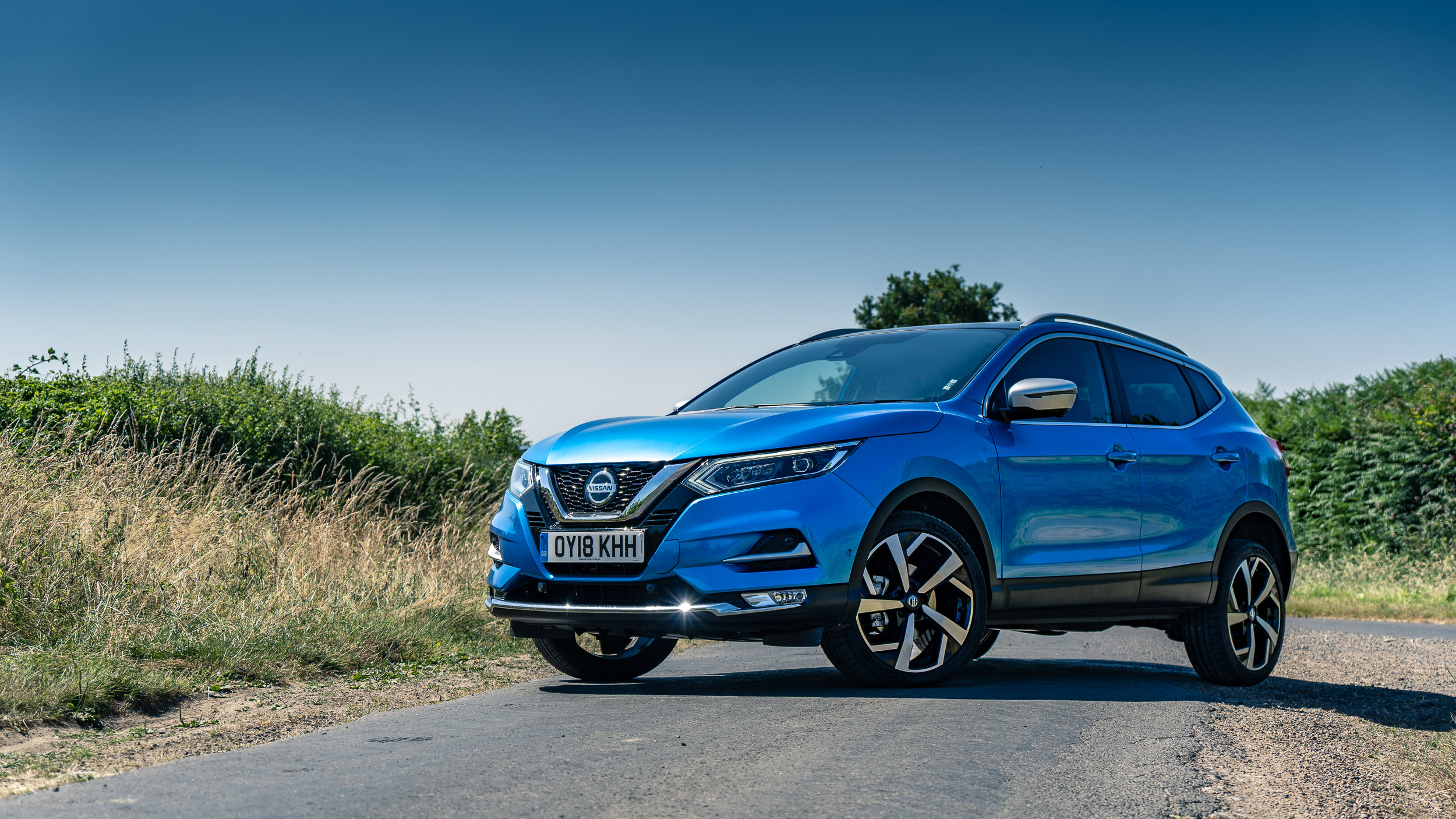
When it was launched back in 2007, the original Qashqai was quite a bold move for Nissan.
With hatchbacks still dominating the sales charts at the time, going against the grain and offering something a little different was a big risk for the manufacturer. It paid off though, and with its raised driving position and 4x4 looks, the Qashqai popularized the compact crossover and the Nissan factory in Sunderland was soon working flat-out.
While Nissan may have been the first to deliver an affordable family SUV, rival manufacturers have scrambled to get in on the act, with the likes of Skoda's Koraq, Seat's Ateca and Peugeot's 3008 all now vying for attention. So does Nissan's latest generation of the Qashqai still stand out from the crowd?
Designed, engineered and made in Britain
Nissan may have its headquarters in Japan, but the Qashqai's DNA is British – not only was its design penned at Nissan's London design studio, but it's been largely engineered on these shores as well – and that's not forgetting the Sunderland factory where the Qashqai is put together.
Following something of a mid-life facelift the Qashqai has never looked so sharp; there's a new grille and light arrangement, while our Pilot One Edition was sitting on some nice 19-inch diamond-cut alloy wheels.
Nissan Qashqai Pilot One Edition
Engine: 1.6-litre 4-cylinder diesel
Power output: 130bhp
Max speed: 114mph
0-62mph: 11.1 seconds
Fuel economy: 60.1mpg
Price: from £19,080 (model as tested: £34,170)
It's a similar story inside, where Nissan has refined and tweaked the interior, with new materials, seats and a new steering wheel all helping to deliver an upmarket feel.
Cabin space is good all round, with decent legroom both up front and in the rear, while our 16-month-old assistant enjoyed travelling in the rear in between naps (helped by the rear privacy glass to keep her in the shade). One little annoyance, though, is that the rear passengers don't have the luxury of any vents for the air-conditioning, instead relying on the cool air to travel through from the front.
Sign up for breaking news, reviews, opinion, top tech deals, and more.
If you're not going to be taking up the rear with child seats, the seats fold down in a 60:40 split, while the boot has a capacity of 401 litres (430 litres on models without the subwoofer, of which more shortly) with the rear seats in place. That's decent enough, but – as Mary the dog will testify – the Qashqai is outclassed by our Skoda Octavia estate for space.
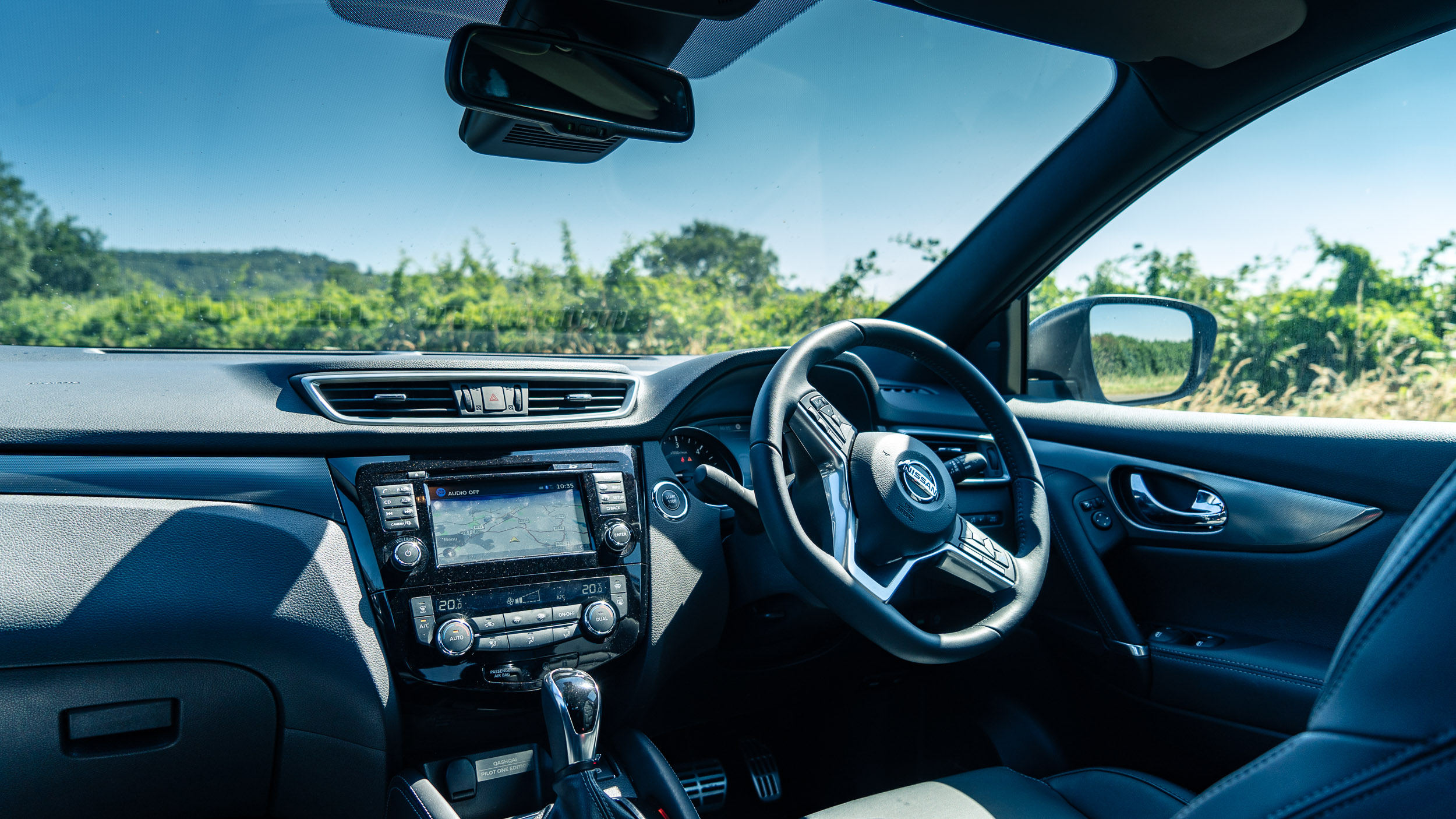
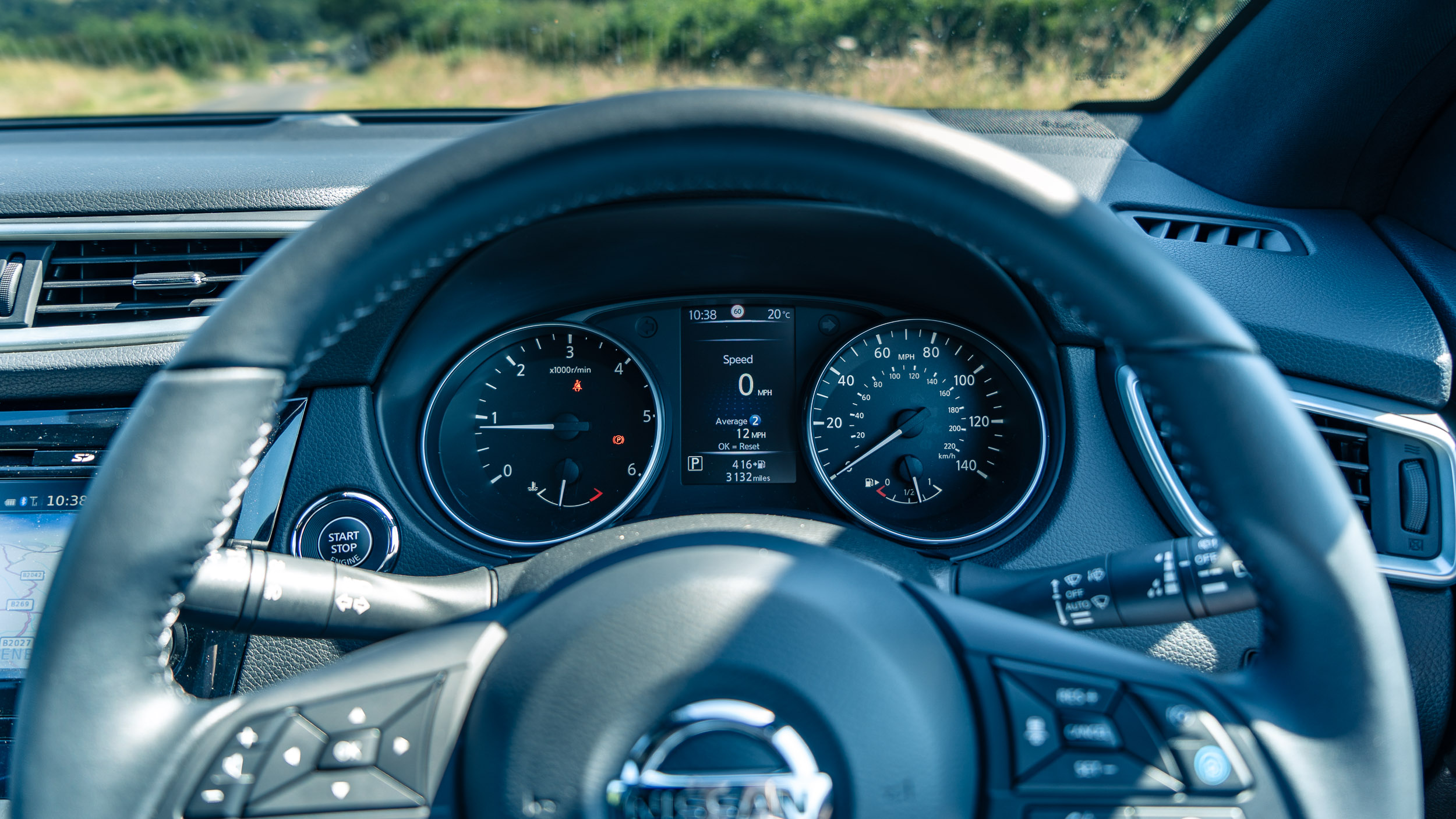
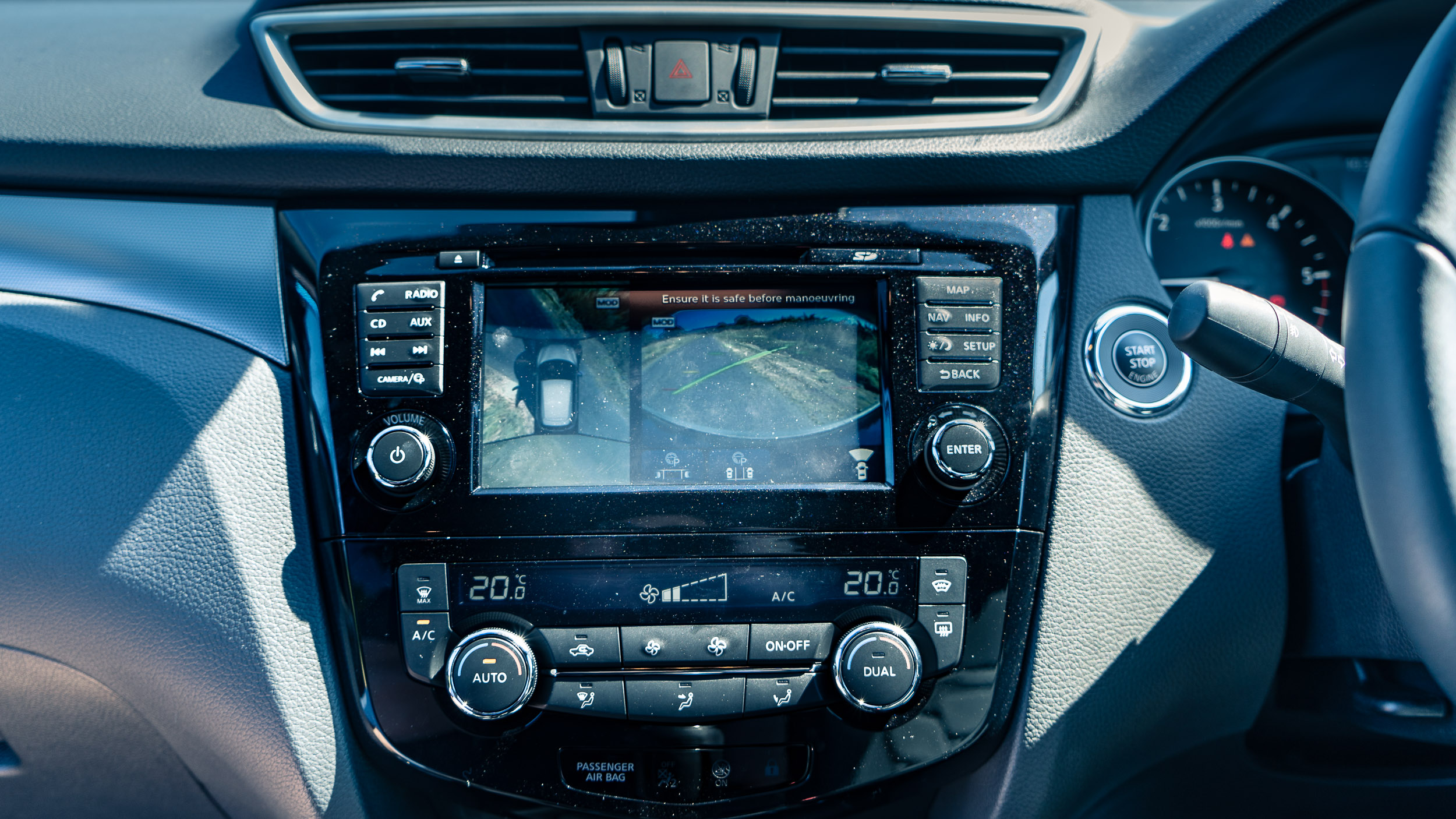
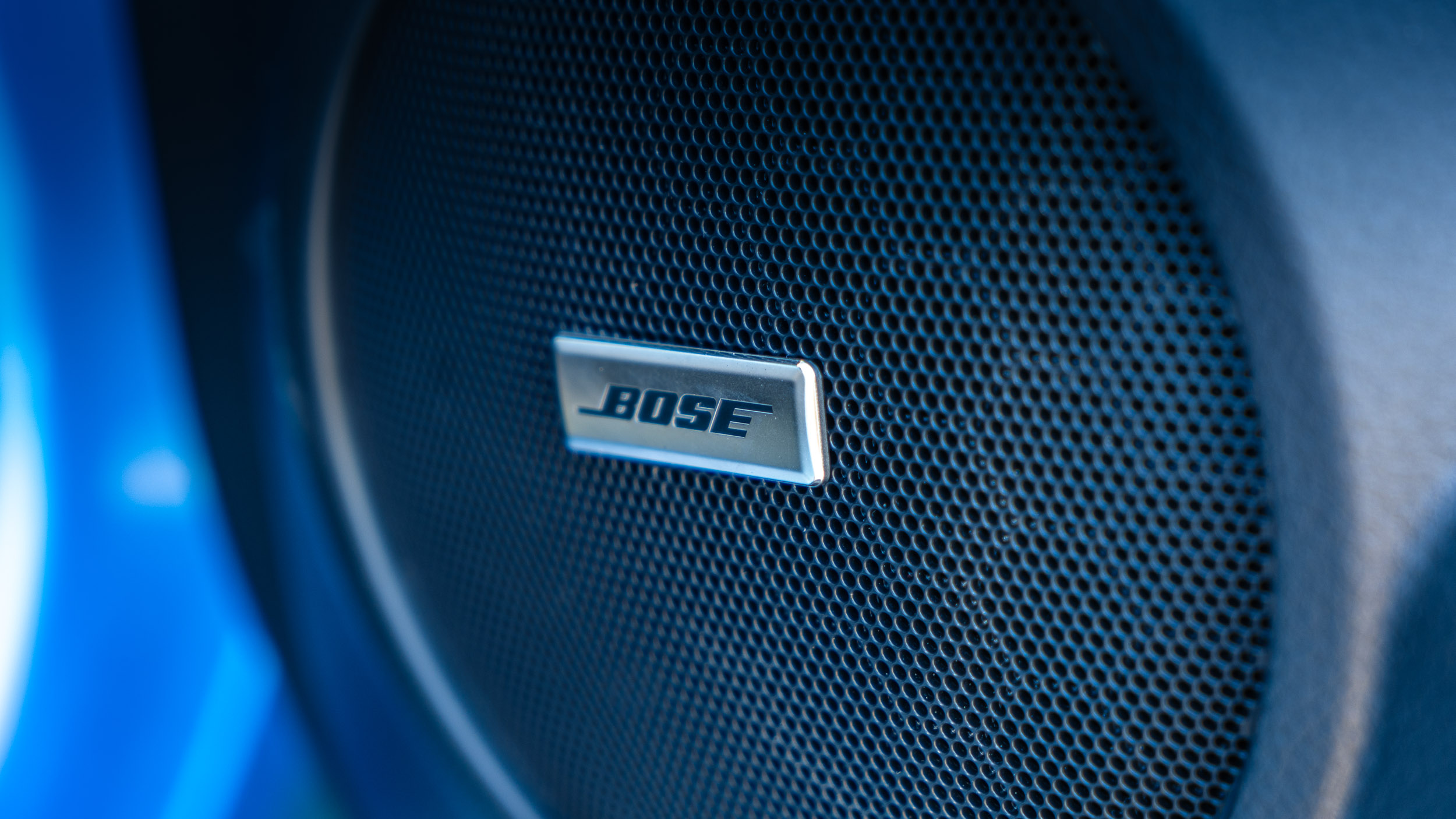
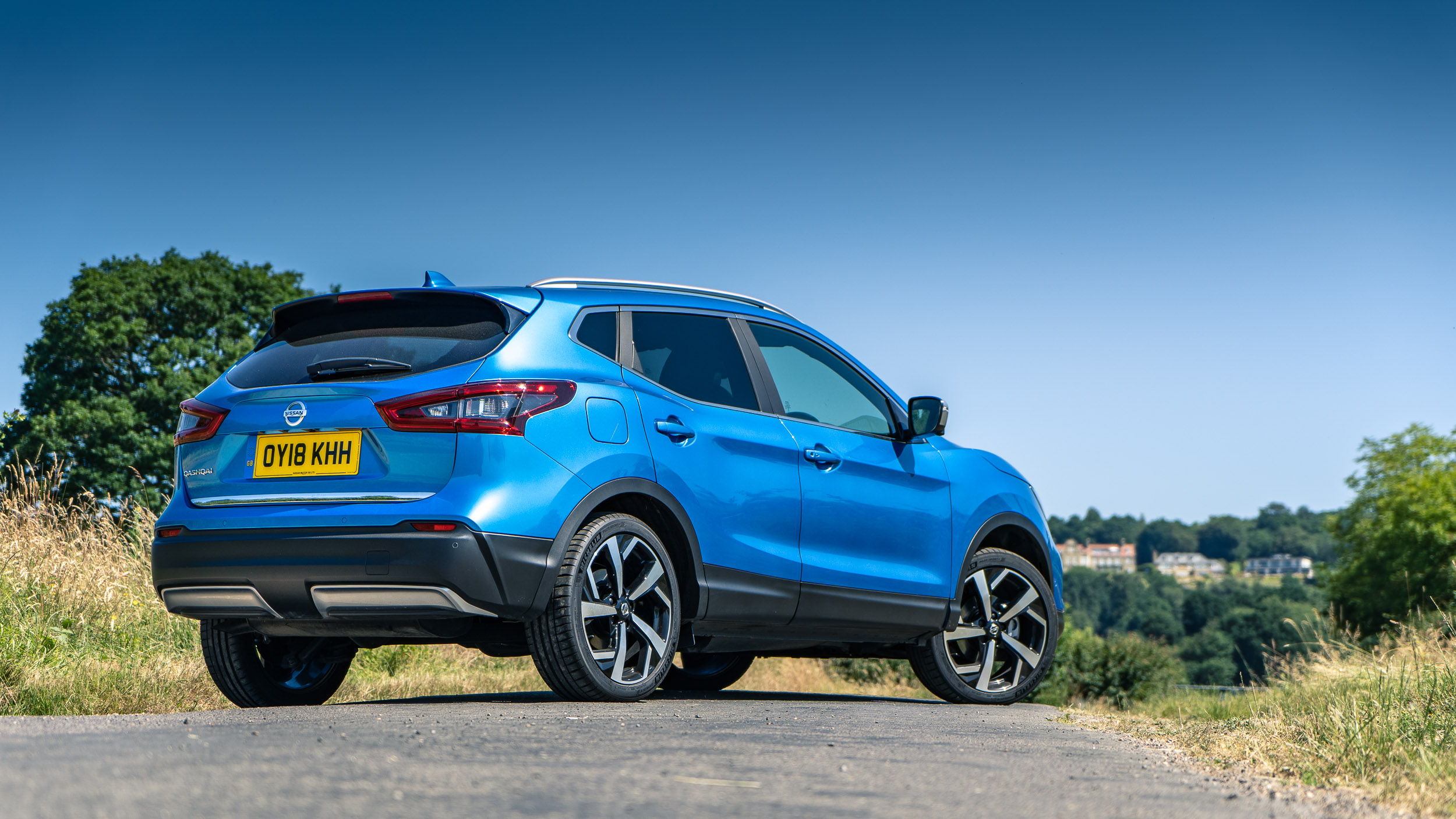
Our test model was the Pilot One Edition, which in essence is the top-of-the-line Tekna+ spec Qashqai, which features Nissan's latest semi-autonomous technologies (which we'll come onto later) and comes equipped with a load of goodies.
Highlights include a 7.7-litre dual-driver subwoofer (which as mentioned takes up a little extra space in the boot), eight-speaker Bose audio system, DAB digital radio, a panoramic glass roof, and colour front, rear and side-view cameras.
However, the 7-inch NissanConnect navigation and entertainment touchscreen system is starting to look a little small compared to some rivals. It's also positioned a little too low down on the central console, forcing you to look away from the road to see it.
There's also no support for Apple CarPlay or Android Auto, though there is Nissan's own NissanConnect app for both Android and iOS, which allows you to use some of your apps.
ProPilot semi-autonomous driving
Nissan is the latest car company to bring semi-autonomous driving, which we've seen from a few other manufacturers recently, including Audi and Volvo, to the masses with its ProPilot technology.
Designed to take some of the stress and monotony out of long journeys, this is still a 'hands-on, eyes-on’ technology, with the driver remaining in control and responsible for the car.
Activated by a button on the the Qashqai’s steering wheel, ProPilot activates all of the car's autonomous systems simultaneously (this includes Intelligent Cruise Control and Traffic Jam Pilot, as well as Lane Keep Assist and Intelligent Lane Change Intervention).
Once you're at your desired cruising speed (providing you're travelling at over 37mph) , simply press the 'set' button on the wheel and the system will maintain the current speed and keep a safe distance from the vehicle in front.
Some rival systems can be a little knee-jerk when a hazard is detected, but the ProPilot system seems incredibly well balanced
While that may not sound particularly impressive, the ProPilot system will also keep you within your chosen lane using data supplied by a camera mounted in the Qashqai’s windscreen and a radar behind the Nissan badge in the front grille, with subtle automatic steering inputs being made as required.
Some rival systems can be a little knee-jerk when a hazard is detected, but the ProPilot system seems incredibly well balanced, smoothly braking when something comes into your lane or you run up against traffic, while it's not so laid-back that you feel you have to intervene yourself.
The ProPilot package is available on Tekna and Tekna+ cars for £795 – but only on those fitted with the XTronic automatic gearbox. Manual cars can be fitted with the Drive Assist Pack (£495), which mirrors most of the ProPilot controls, but is unable to come to a complete stop and then resuming driving in traffic.
On the road
Our Qashqai was powered by Nissan's 1.6-litre diesel engine, which produces a pretty decent 130bhp, while there are also 1.5-litre diesel, 1.2-litre petrol and 1.6-litre petrol models. Depending on the model you opt for there's a 6-speed manual or a Continuously Variable Transmission (CVT) auto transmission, while there are also front or all-wheel drive options.
While the ride was a little firm on our 19-inch wheels, the Qashqai is well suited to motorways and A-roads, delivering a smooth ride, while it's also easy to navigate through town, with only light steering inputs required.
Verdict
While it might struggle to stand out from the crowd these days, it's easy to see why the Qashqai has been such a huge success for Nissan. It's a very competent all-rounder that's a perfect family car – and even more so now, with the addition of semi-autonomous driving to take the stress out of those long journeys.

Phil Hall is an experienced writer and editor having worked on some of the largest photography magazines in the UK, and now edit the photography channel of TechRadar, the UK's biggest tech website and one of the largest in the world. He has also worked on numerous commercial projects, including working with manufacturers like Nikon and Fujifilm on bespoke printed and online camera guides, as well as writing technique blogs and copy for the John Lewis Technology guide.